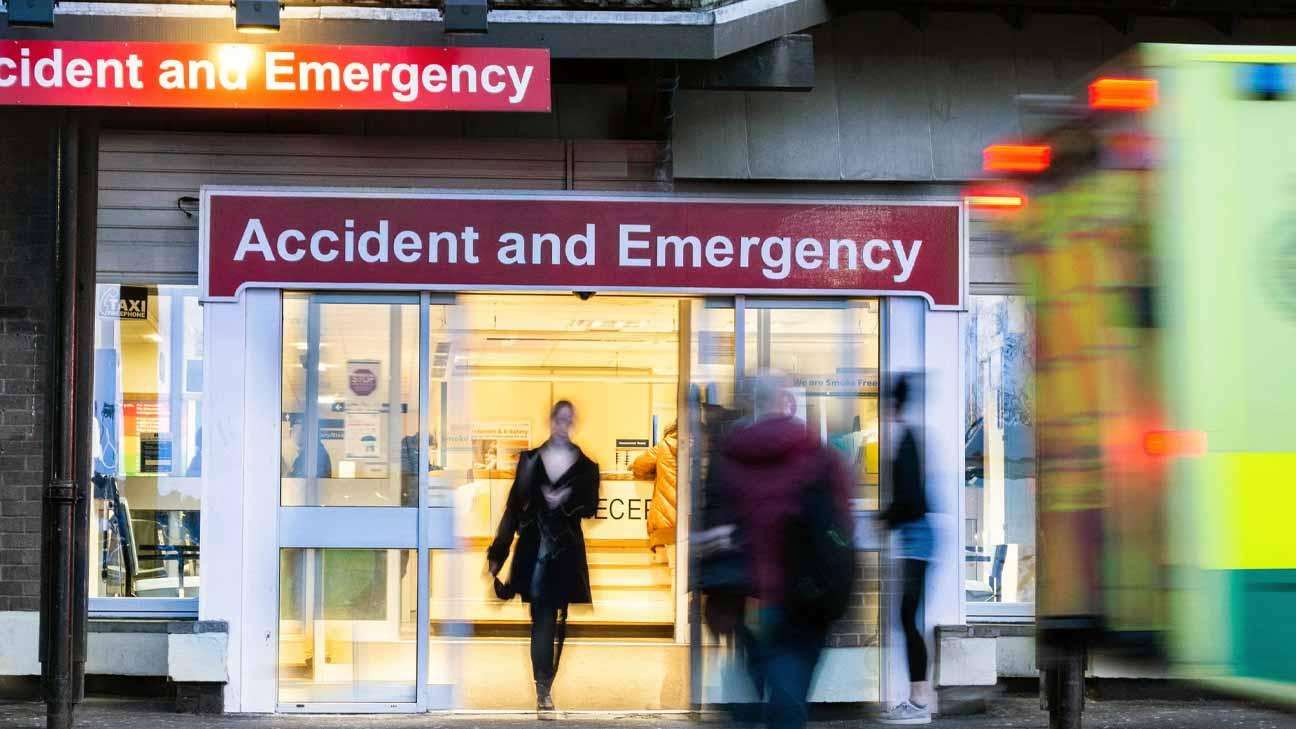The UK government has issued a warning that the NHS is likely to face even greater pressure this coming weekend due to rising temperatures, making it essential for people to take proper care of themselves in the sun.
But how much do we really understand about what causes sunburn and how to avoid it?
According to Dr. Rachel Abbott, a consultant dermatologist with a specialty in skin cancer at Cardiff and Vale University Health Board, sunburn is essentially an inflammatory response triggered by ultraviolet (UV) radiation — mainly UVB, but UVA also plays a role.
UV radiation is a known carcinogen. When it penetrates the skin, it causes damage that leads the body to react by triggering inflammation. This reaction includes the release of histamines (which are produced by the immune system) and prostaglandins (compounds that assist in healing and managing injury). These chemicals are responsible for the redness, swelling, itching, and discomfort commonly associated with sunburn.
While the visible signs of sunburn — such as red and sore skin — may go away, Dr. Abbott warns that the underlying DNA damage caused by UV exposure is permanent. “Your body does have natural DNA repair mechanisms,” she explained, “but over time, especially as you age, the ability of your body to keep up with that damage diminishes. This is one of the key reasons we're seeing a significant rise in skin cancer cases.”
Data from Cancer Research UK shows that since the early 1990s, the number of people diagnosed with skin cancer in the UK has more than doubled. In 2023, it was estimated that the number of new cases would reach a record high of 20,800. One of the main factors behind this surge is believed to be people who were unaware of the risks of tanning when they were younger. Many took advantage of the boom in cheap package holidays in the 1960s and spent long periods in the sun without adequate protection, leading to accumulated skin damage and an increased risk of developing skin cancer later in life.
As of now, there is no reliable medical treatment that can reverse the DNA damage caused by sunburn. However, Dr. Abbott mentioned that promising research is underway. Until such treatments become available, prevention remains the most effective strategy.
Dr. Abbott also pointed out that many people mistakenly associate sun danger with temperature. In reality, it’s the UV index — not how hot it feels — that indicates the risk of sun damage, and this index typically peaks around midday.
When it comes to protecting yourself, shade is by far the most effective option. “If you can, stay in the shade,” Dr. Abbott said. “If you must be in direct sunlight, wear a wide-brimmed hat, protective clothing, and sunglasses. Sunscreen should be used only on the areas that can’t be covered by clothing — it should be your last line of defense.”
The cancer support charity Macmillan advises using sunscreen with a high sun protection factor — ideally SPF 50, but no less than SPF 30. It also stresses the importance of applying sunscreen generously and reapplying it regularly. According to Macmillan, adults should use six to eight teaspoons of sunscreen per application: one teaspoon for each arm and leg, one for the chest and back, and one for the face and neck.
The charity makes it clear: “There’s no such thing as a safe suntan.” The key takeaway is to prioritize protection and avoid excessive sun exposure to reduce long-term risks to your health.







_2.jpg)
.svg)

_1.jpg)
_3.jpg)